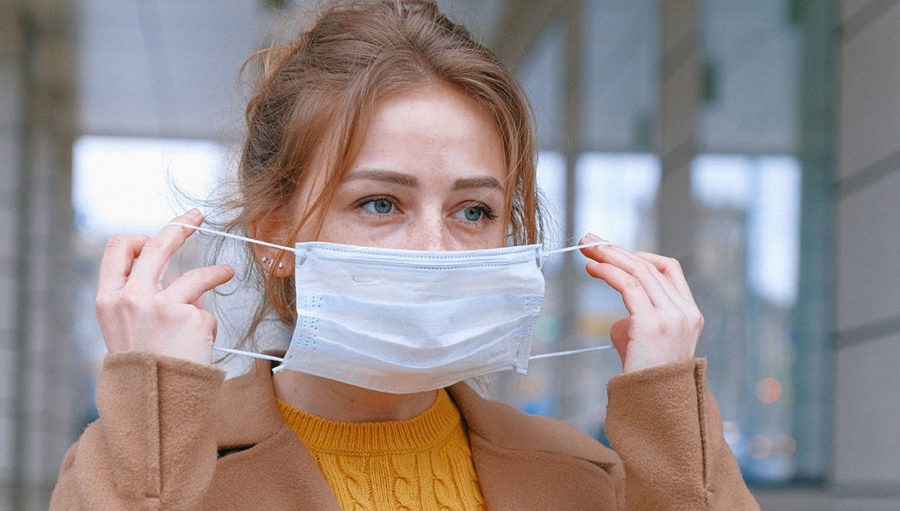Health
Most and least effective face masks

WHAT YOU NEED TO KNOW:
- Researchers at Duke University conducted a study to test which facemasks provide the best for protection.
- The study involved surgical masks, cotton masks, neck fleece, and bandanas.
- Some homemade alternative masks offer the same level of protection as surgical masks, but neck fleece and bandanas were found to give little protection.
Researchers at Duke University discovered that bandannas, gaiters and knitted masks are some of the least effective face coverings for preventing the spread of coronavirus. The new study tested 14 different types of masks.

N95 masks are found to be the best to stop the spread of respiratory droplets during regular speech. N95 are those often used by healthcare professionals.
Other masks that offer good protection and stop leakage were three-layer surgical masks and cotton masks, according to the researchers with Duke’s physics department.
The study also found that bandannas and knitted face coverings did not offer much protection.
Neck fleeces, or neck gaiters, often worn by runners, were the least effective and actually allowed more respiratory droplets to escape than not wearing a mask at all.
That’s because they were shown to break down larger droplets into smaller particles, allowing them to slip out the sides of the covering more easily, the Business Insider reported.
“We were extremely surprised to find that the number of particles measured with the fleece actually exceeded the number of particles measured without wearing any mask,” Martin Fischer, one of the study’s authors told CNN.
“We want to emphasize that we really encourage people to wear masks, but we want them to wear masks that actually work.”
Researchers used a black box outfitted with a laser and a cell phone camera to test each mask.
The amount of respiratory droplets scattered by the laser beam was recorded by the camera after someone wearing a face mask would speak in the direction of the laser beam inside the box.
Then, a computer algorithm counted the droplets seen in the video to determine how many had leaked through.
“This is a very powerful visual tool to raise awareness that a very simple masks, like these homemade cotton masks, do really well to stop the majority of these respiratory droplets,” Fischer told CNN.
“Companies and manufacturers can set this up and test their mask designs before producing them, which would also be very useful,” he added.
Source: Business Insider
